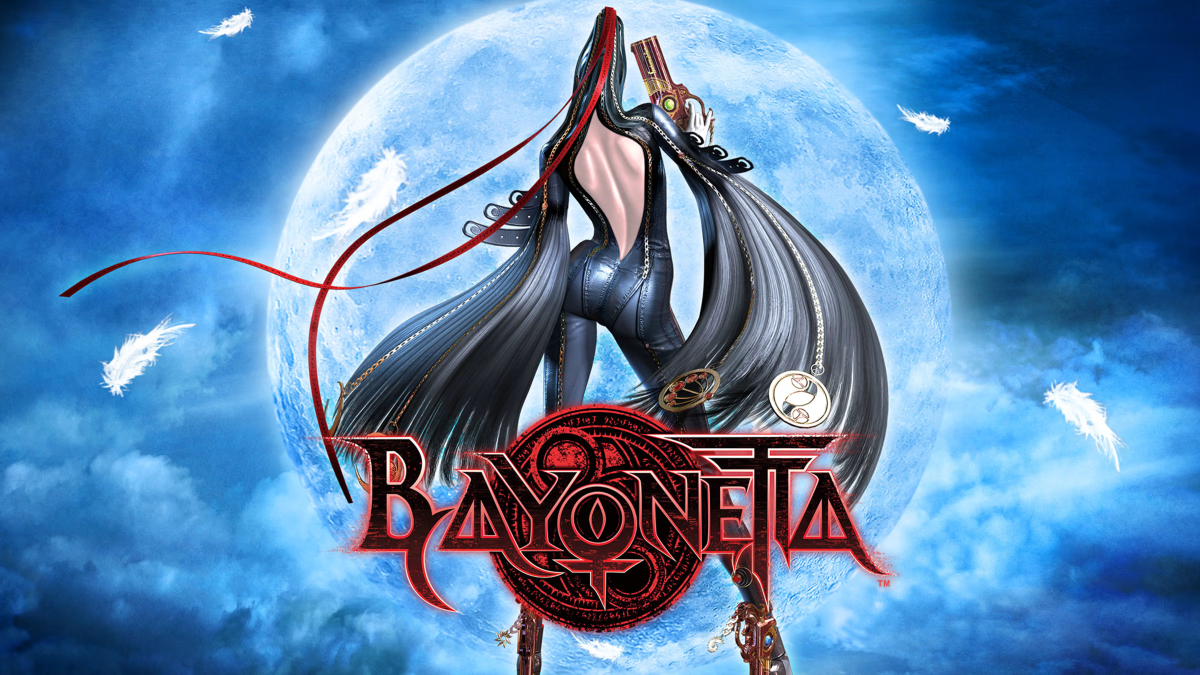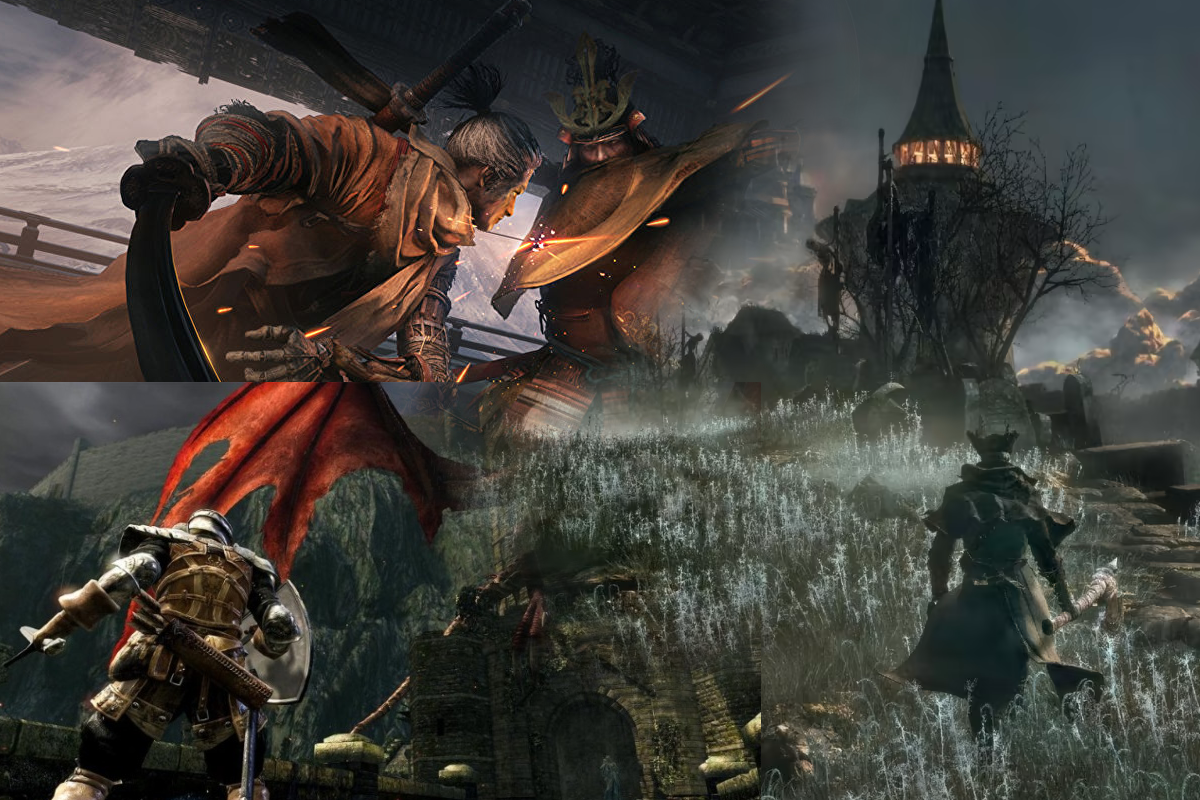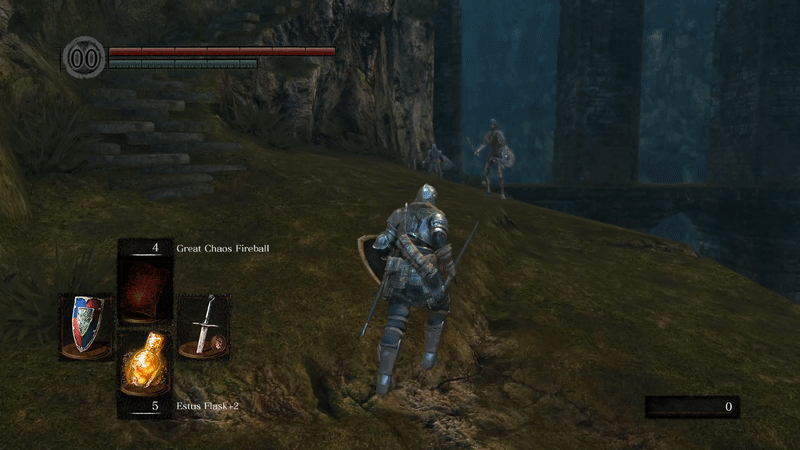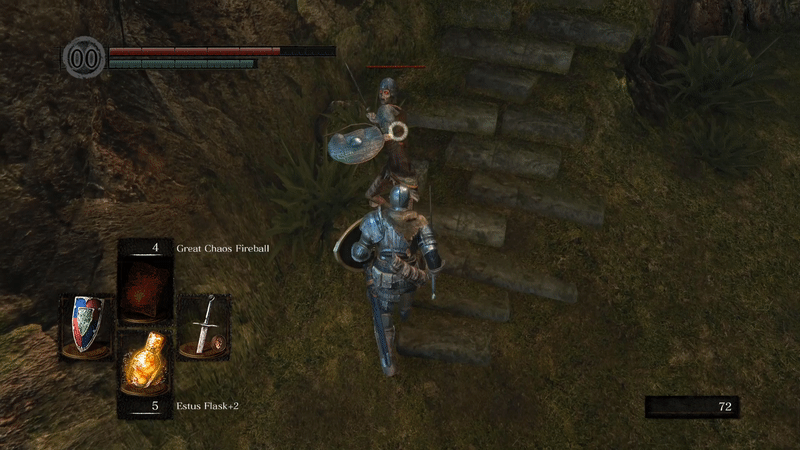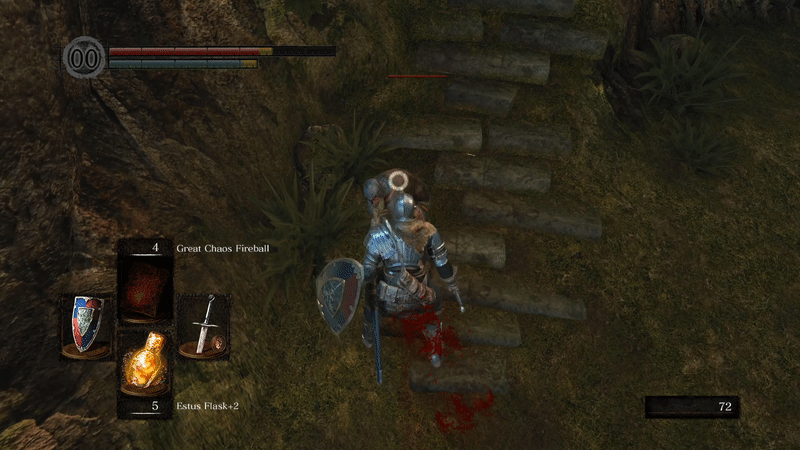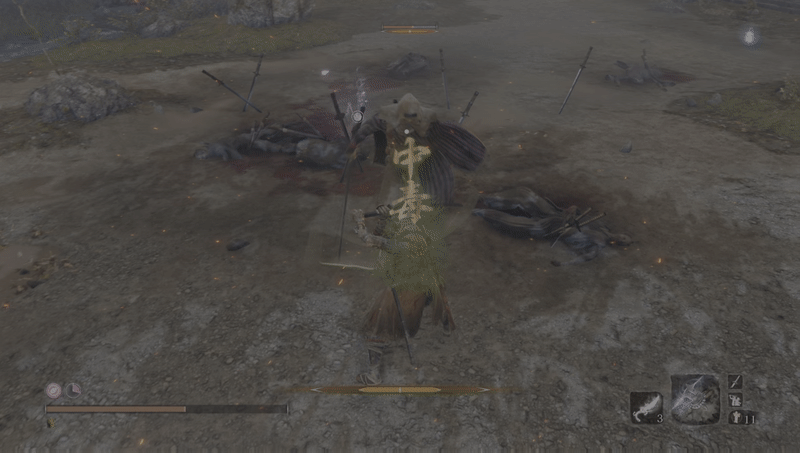Man it’s been an absolute hurricane of a month for me, and I am freaking exhausted. It’s Halloween night, so I’m going to indulge myself and ramble about what else? A parry mechanic. Ramble about a parry mechanic whilst complaining and making perhaps uncharitable comparisons between vastly different games. Like I said, I’ve chosen to indulge myself. Nothing scarier than unfiltered opinions. It’ll be a good time. Let’s go.
Bayonetta is an action game from 2009 that grew to a franchise that is apparently worth $450 million. No, do I not have a source for that number. In seriousness, while the niche-ness of Bayonetta may have placed her more in the financial category of a God of War (2005) as opposed to a God of War (2018), she seems to have made a much heavier mark upon combat design, particularly in regards to action games heavy on the spectacle. ‘Spectacle Fighter’ or ‘Character Action’ were a couple of vague and unhelpful terms spun up around the time of Bayonetta‘s release to try and encompass the really different way that certain games started doing things following Bayonetta. Of course there were plenty of games that slotted into the category of ‘spectacle fighter’ before, Bayonetta herself owing much of her DNA to games like Devil May Cry which came long before. And as I said, Bayo was plenty niche, but among the melee-action hardcores, both players and designers, it seems as though she’s had a very last impact.
One of the most noteworthy features of Bayonetta, which set it apart, was the ‘witch time’ mechanic, essentially the game’s parry mechanic. In Bayonetta, if you dodge at the last possible moment, the entire game’s time scale will slow to crawl, except for the titular player character Bayonetta herself, who can the walk about as she pleases, and unleash a flurry of attacks against her hapless foes. Games like Max Payne and even some of Bayonetta‘s own predecessors like Viewtiful Joe made use of a slow-motion effect to allow players to more tactically navigate chaotic and fast-paced situations. Bayonetta‘s wrinkle of hyper-specificity, in that witch time can only be brought forth in response to player performance and situational awareness is what really made this particular mechanic special, I think.
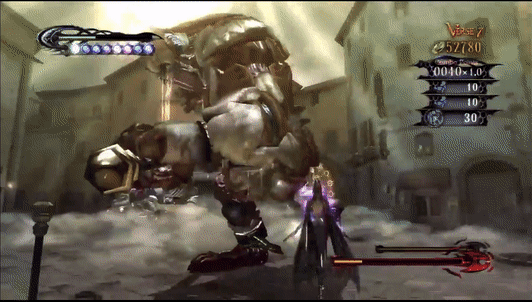
Bayonetta, primarily inspired by Devil May Cry, features a robust combo and score system by which the player is expected to not just mow down hordes of monsters, but to do it in style. While other games were killing framerates, making characters run like tanks, and restricting camera controls to make games feel more cinematic, Bayonetta opted to pull its camera back and give the player the tools of an editor; the ability to slow time and navigate a mid-massacre diorama like it were an art exhibit, for snippets at a time. If spectacle was the goal, if spectacle is a design pillar of this series, then witch time gives the player the space to think through their masterwork, their fireworks show. Action games like these have big and complicated combo systems for juggling enemies in the air and performing outrageous feats of acrobatics. They can be hard enough to master on their own, let alone while bloodthirsty monsters are swarming about. Bayonetta really seems interested in on-boarding newbies despite its niche appeal, and witch time reinforces this by giving the player a pause with which to set up or practice their big combos stress-free, like a batter swinging at a teed up ball. The Bayonetta loading screens, which opt for a playable void in which you’re free to practice combos at your leisure, makes me quite confident this was one of the goals. With very little practice, witch time allows players to come to grips with the combo system in a more controlled environment, as well as looking cool as heck.
What’s more is what it does for the interest curve of a given battle. Parries in action games typically embody a kind of crescendo, where the intensity of the battle reaches its peak because the player is at the greatest risk – they’ve put themselves in harm’s way to deflect an oncoming attack. Bayonetta takes this further with an invigorating lull in the action to follow, a denouement so to speak. This creates a great rhythm of rising and falling action that allows one to navigate the battlefield in a way that’s a bit more planned and elegant, less improvisational and chaotic than in many other games, which certainly fits the bill of Bayonetta‘s atmosphere. It’s a game about an incredibly stylish witch who always seems to be one step ahead, and just a tad more confident than is warranted by any given situation.

I say that Bayonetta seems to have had a big impact despite it’s somewhat limited first splash because it really seems like tons of games took after it. Bayonetta‘s developer Platinum Games ran with the ‘character action’ style of game, with a slew of them to follow, including Bayonetta‘s own sequels, as well as collaborations like Nier:Automata, a game which shares a huge amount of DNA with Bayonetta including witch time as an option mechanic. As a brief aside, what I’m going to complain about with Automata is that the witch time equivalent in that game is so instantly satisfying to use, that it makes me wish it was a baseline feature of the game as with Bayonetta! Ah well.
Interestingly, I see Bayonetta inspirations in even heavier hitters like The Legend of Zelda: Breath of The Wild. I think one of the magical parts of game design is that like, even more so than in many other art forms, the practices and learned lessons of design can be studied and adopted in direct ways freely. It’s magical to see wildly different games borrowing great ideas from one another, putting their own spin on it, and creating some truly great experiences. Breath of The Wild did not do that with witch time. Oh yeah, complaining about botw let’s DO THIS. So, in BotW you can induce a slow-motion of sorts by dodging out of the way of enemy’s attack at the last moment, just like in Bayonetta. After this, you are.. permitted to spawn the attack button and unleash a pre-baked, non-interactive series of attacks. Or, you can do nothing, and the slow-mo promptly just ends. It’s, um, well it’s got the spirit anyway.
The key problem with implementations of parries like this lies in the lack of interactivity, I think. The problem starts with the dodge that initiates it. Dodging in Botw is so digital and rigid, as opposed to games like Bayonetta which have more of an analogue omni-directional approach. Then, the result of the dodge is non-interactive. The only player input is continue, or don’t. Not really much of a choice, meaningful for otherwise. Witch time allows the player to do anything they’d otherwise be able to do, but against an army of nearly paralyzed vulnerable opponents, and has so many options to bear against them at that. Imagine if Link from Breath of The Wild was able to, say, use one of his Shieka Slate gadgets during the slow-mo time, planting a bomb, bashing a foe with a big piece of metal, or even just shooting a bunch of them with arrows. To be clear, BotW does have a lot of weird glitches involving its slow-mo effect that make some strange interactions possible, but these are clearly not intended as every perfect does is accompanies with a big flashing “PRESS BUTTON NOW TO FLURRY RUSH DO IT NOW”, and these glitches are not likely to be noticed by casual players.
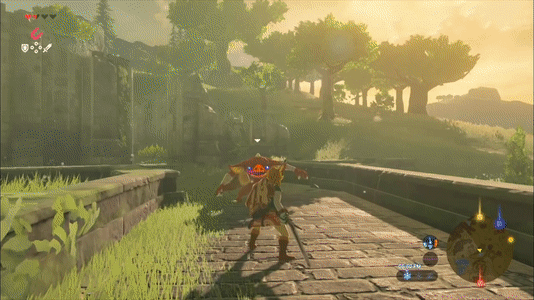
Parries are fun, but mostly as tools of personal expression through play, and signs of mastery to enhance performance during play. In the former case, BotW is functional as a basic parry mechanic – you can choose, meaningfully whether to go for flurries or not depending on the combat situation, but it lacks the follow-through of witch time’s setting up for complex combos in a way that feels satisfying. The pre-baked combo of the flurry rush is also really long and time consuming. I said earlier that a parry should mark a big crescendo, a spark of heightened action, but the flurry rush just takes so damn long to resolve, and since enemies in BotW can often be damage sponges, it doesn’t really have the oomph I’d want. The thing could resolve in a fifth of the time and be much more effective in terms of feel, I think. Kirby and The Forgotten land does just this with its own witch time mechanic, and I feel it works much better there. Feels looser and more free-form, too.
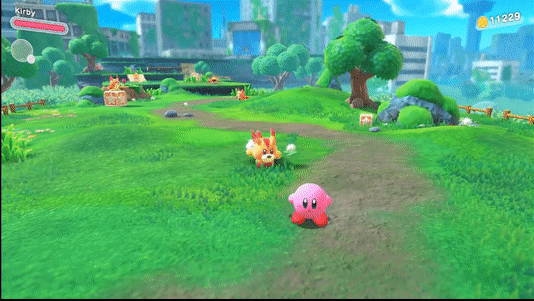
In the latter case, where parries accentuate mastery, this only really matters, in my opinion, if it can be significantly felt, most often by making fights shorter. If you can parry a lot, then you can counter a lot, then you can dispatch enemies quickly, in most games that have that feature. Flurry rushes take so long that even if they technically shave time off of beating baddies, it rarely feels like it. I often feel, in BotW that I’d save more time by just wailing on dudes. The game lacks the same goals of defeating enemies stylishly, in an explicit capacity anyway, so I personally feel more compelled to dispatch efficiently, and flurry rush has friction with that.
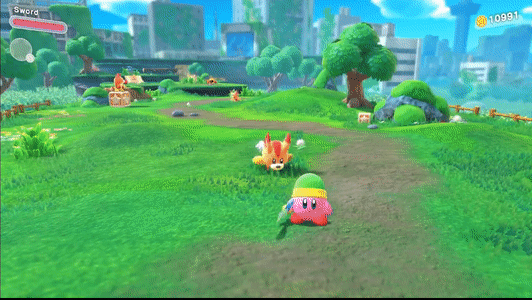
So what’d we learn from all this? Witch Time is great. It synthetically manipulates the interest curve to have natural highs and lows, but explains it away with a clever and intuitive mechanic that ties in with the style of Bayonetta the game and Bayonetta the character. Witch Time eases players in to high-intensity action games and sets up those really cool combos that everyone wants to pull off. Parry mechanics should have a material impact on gameplay so that their role as a barometer of mastery can be felt. Parry mechanics ideally can also serve as a vector of player creativity and agency during combat. I got to complain about Breath of The Wild. It’s all good here.
I hope you enjoyed this slightly indulgent Halloween special. Stay spooky and be good to each other.
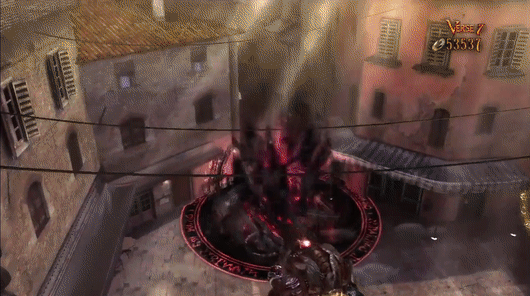
You’ve been naughty…
